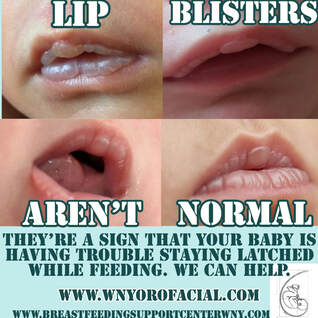What to Expect When You're Treating Tongue, Lip, and/or Buccal Ties
|
|
Congratulations for scheduling your child’s oral function assessment! You’ve already made it further than the majority of parents, and in doing so, have taken an enormous step forward in addressing your child’s struggles with oral and facial function. There are a lot of misconceptions online about the “best” way to treat tethered oral tissues in infants. The following is what we have found to work through years of rigorous academic research, professional education initiatives and years of shared interdisciplinary experiences. It is important to note that the below process is for infants only- that treatment protocols for those who have aged beyond infancy will vary from the process below, and referral to different providers may be made in order to address issues that do not come up in infancy.
|

